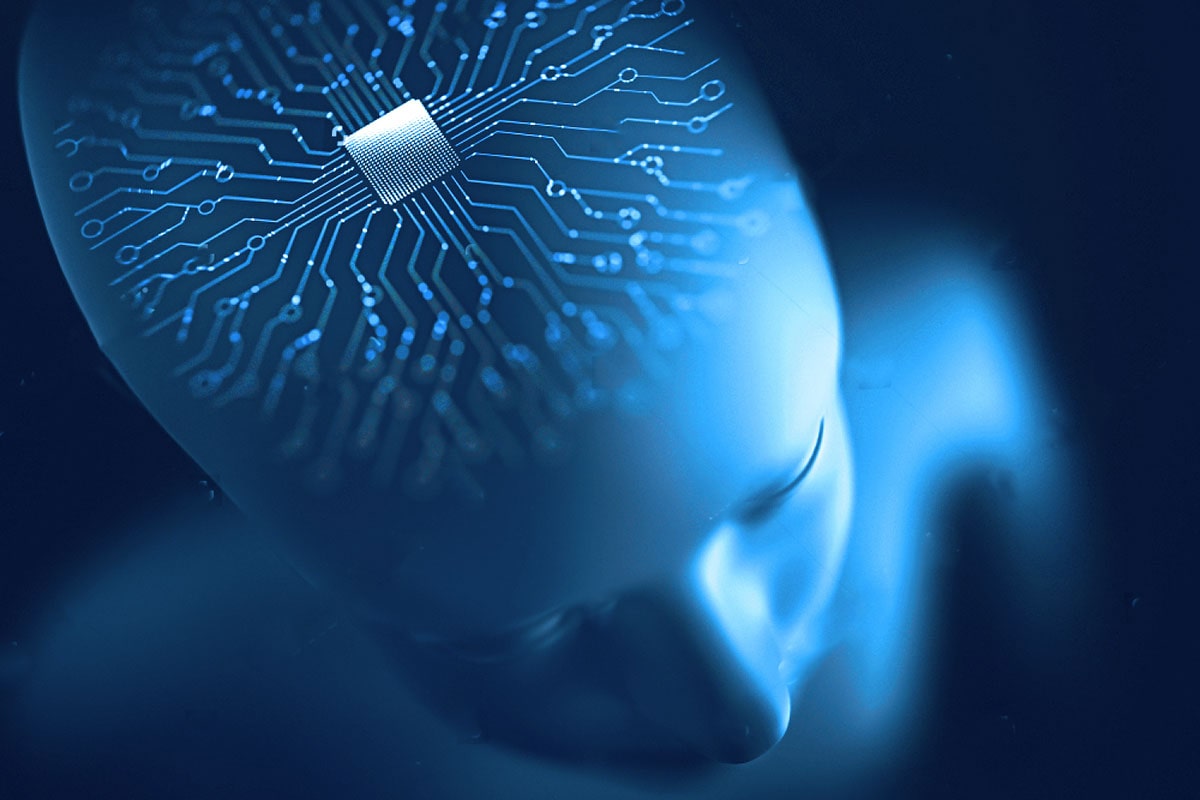
A breakthrough that could change the lives of millions has been made in modern medicine: a patient with paralysis learned to control finger movements thanks to a brain implant and was able to participate in a video game. Such a remarkable success prompts reflection: are new technologies truly capable of returning to people with severe motor impairments the joy of communication, creativity, and active recreation?
The problem of paralysis and social isolation
A huge number of people face paralysis. According to American studies, more than five million residents of the United States live with total or partial loss of motor functions.
For them, the consequences of paralysis go far beyond physical limitations. In addition to medical problems, they face a lack of communication, inability to engage in sports and leisure activities.
A survey conducted among people with spinal cord injuries showed that about 79% experience a lack of peer support, 50%—a lack of leisure activities, and 63% cannot meet their needs for sports activities.
Even if a person is partially paralyzed, this implies restricted mobility, which can exacerbate the risk of addictive behavior due to social isolation, depression, and limited access to alternative forms of leisure. One of the most common addictions is gambling addiction. If a person can use a smartphone, it can be said that access to the world of online casinos is open to them.
Gambling is not considered something reprehensible in modern society. Playing can give a paralyzed person a sense of belonging to a community. There are many forums where both gaming processes in general and specific projects, such as crash games, are discussed.
JetX, for example, is very popular and liked by many players. Analysis of information to the linkjet-x.com.in shows that it is offered by many online casinos. For a person who is in social isolation, the opportunity to play and be part of a community is very important.
Gambling also gives the illusion of control, which people with paralysis lack. But it is important to remember that excessive involvement in gambling can lead not only to financial problems but also to deteriorating health.
According to experts, gambling has a positive future ahead, as its accessibility has increased many times over. More and more people of all ages are entering the iGaming industry. This also means that the number of people with gambling addictions is growing.
Such a situation leads to social isolation, a sense of loneliness, and limits opportunities for self-expression. The question arises: how can new technologies change this situation?
How brain interfaces work
To understand the essence of the innovation, it is worth examining the principles of brain interfaces.
A brain interface, or brain-computer interface, is a device that connects the human brain to a computer and allows brain signals to be recognized and converted into commands for various devices.
One can imagine such a technology as a highly accurate translator that turns thoughts into specific movements of virtual objects or electronic devices.
Historically, such developments began with simple systems capable of controlling the movement of a cursor on a screen. Later, robotic prostheses appeared that responded to the user’s thoughts, and modern achievements make it possible to reach unprecedented accuracy.
New technology of individual finger control
The main difference of the new implant is the ability to recognize movements not of the whole hand, but of individual fingers.
For the first time, scientists have developed a system that allows a patient to control three independent groups of fingers and perform two-dimensional movements with the thumb.
This is important not only for video games, but also for tasks such as typing or playing a musical instrument, where a high degree of individual control is required.
The implant is placed in the area of the brain responsible for hand control. The system records impulses from neurons and analyzes them using machine learning to distinguish the movements of each finger.
The experiment and its results
During the study, a patient with tetraplegia underwent a unique experiment.
First, he observed a virtual hand moving on a computer screen. The implant recorded the brain’s electrical activity, and algorithms learned to find signals corresponding to specific finger movements.
After that, the brain interface allowed control of a virtual quadcopter, overcoming complex routes in a video game.
The patient himself emphasized that he felt involved, the importance of individualization of finger movements, and the restoration of lost sensations of control and communication.
Researchers noted high accuracy, freedom of manipulation, and the possibility of independent participation in digital and gaming activities.
Why this is important for patients with paralysis
The innovative brain interface creates previously unseen prospects for people with disabilities.
Precise finger control opens new horizons: from participation in online games to opportunities for work and creativity.
People will be able not only to play or study, but also to communicate, work remotely, engage in art and self-education on an equal footing with others.
The question arises: how much will the life of someone who can once again participate in areas familiar to most, previously inaccessible due to paralysis, change?
Comparison with previous technologies
Until recently, interfaces allowed only limited control of cursors or robotic limbs as a whole.
Previously, such systems allowed, for example, to move a cursor or squeeze the entire hand, without enabling complex movements of individual fingers.
In one previous study, a user could guide a virtual drone through 3 rings in 4 minutes using an electroencephalograph. For comparison, healthy people with a keyboard managed 12 rings in the same time.
The new brain interface demonstrated a result of 18 rings in less than 3 minutes, which is about 6 times more efficient than previous solutions.
The main difference is freedom of movement, absence of significant delays, and the ability to perform more complex tasks.
New prospects and recognized limitations
The results of the experiment are inspiring: the development can be used not only in games, but also in rehabilitation, distance learning, and work.
However, it is necessary to acknowledge the limitations: the tests were conducted on one patient, further verification and scaling of the technology are required.
Experts note that it is necessary to analyze the risks associated with surgical intervention and long-term use of the implant.
Nevertheless, even at this stage, the discovery becomes a revolutionary step in the field of neurotechnology.
Individual finger control using a brain implant opens the way to entirely new opportunities for millions of people who previously lacked prospects for an active life.
An important question remains: will this technological breakthrough change not only everyday life and leisure, but also the very perception of disability in modern society?
